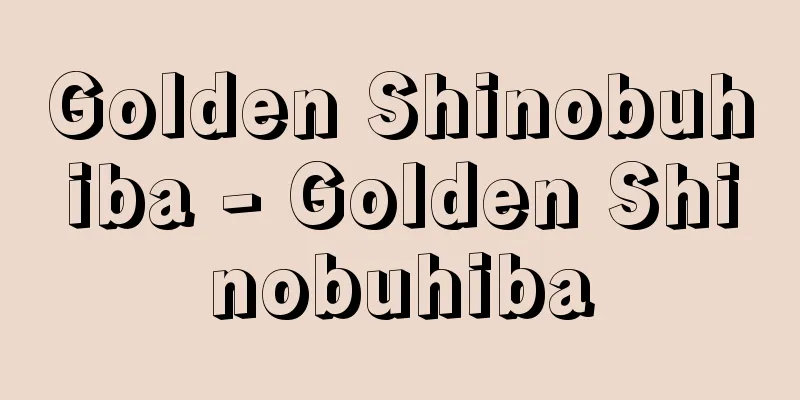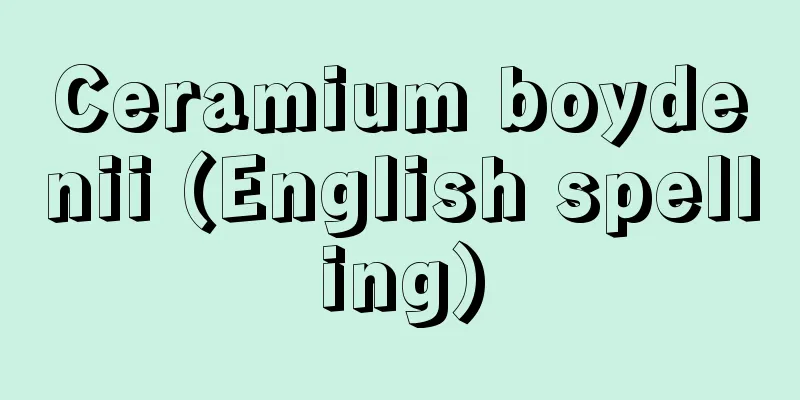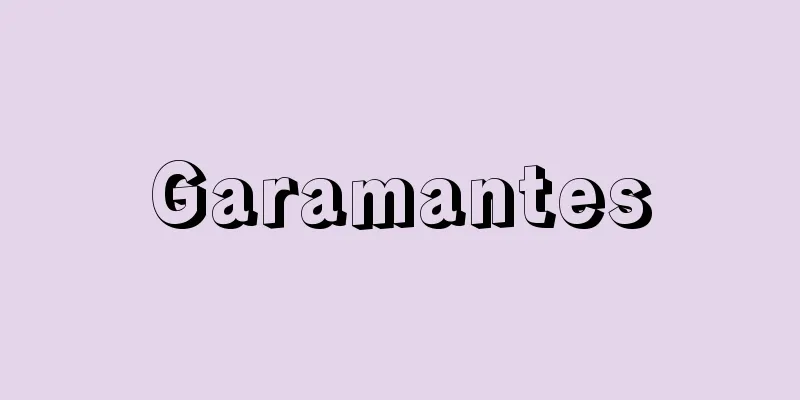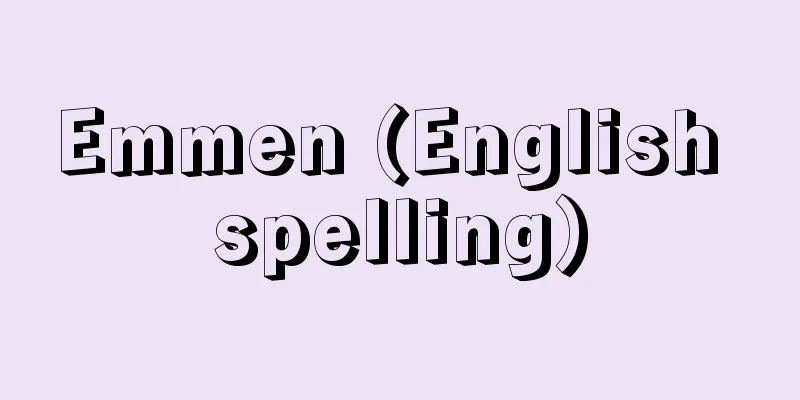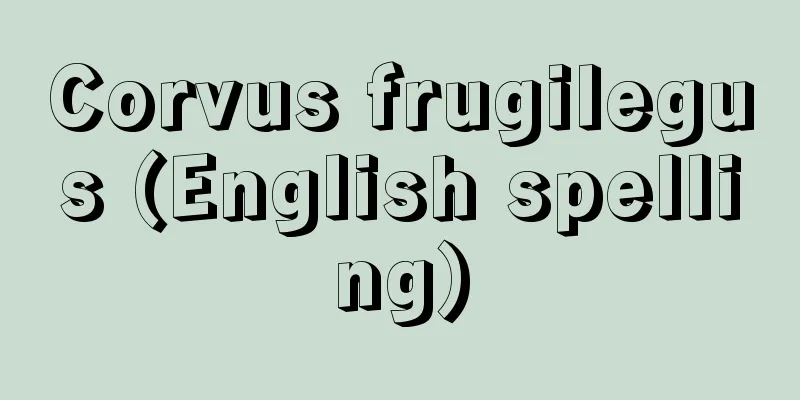Shinmura Izuru - Shinmuraizuru

|
Linguist and cultural historian. Born in Yamaguchi City. Formerly known as Sekiguchi. Graduated from the Department of Philosophy (later the Department of Linguistics) of Tokyo Imperial University. After lecturing on Japanese language as a professor at Tokyo Higher Normal School (now Tsukuba University) and an assistant professor at Tokyo Imperial University, he studied in Europe, and after returning to Japan, taught linguistics for many years as a professor at Kyoto Imperial University. Based on European linguistics, he extensively searched for materials both in Japan and abroad, and produced results in his research on the phonological history of Japanese and comparative studies with neighboring languages, which were compiled in the "Soukou: A Study of the History of Eastern Languages" (1925). He also devoted himself to the study of the origins of Japanese words and foreign words, and his main work in this field is "Toua Gogenshi" (1930), but he also wrote many other essay-style works on etymology. He also began to use documents left by Christians as sources for the history of the Japanese language, and he conducted extensive research on Nanban culture, writing collections of historical essays with a strong literary flavor, such as "Nanbanki" and "Nanban Sarasa." He also wrote many works on classical texts. He was a man of wide-ranging knowledge, and served as a committee member or chairman of various academic and cultural organizations. In 1928 (Showa 3), he was elected a member of the Japan Academy. He also compiled a variety of Japanese dictionaries, including "Kojien" (1955), an expanded edition of "Jien" (1935), which is widely used as a convenient encyclopedia. All of his major works have been collected into a complete collection, and the transcripts of his lectures at Tokyo Imperial University were published as "Niimura Itsuki Kokugogaku Gaisetsu" (1974). In 1956 (Showa 31), he was awarded the Order of Culture. [Naomichi Yasuda October 19, 2018] "The Complete Works of Izuru Shinmura, 15 volumes, 1 index volume (1971-1983, Chikuma Shobo)" Source: Shogakukan Encyclopedia Nipponica About Encyclopedia Nipponica Information | Legend |
|
言語学者、文化史家。山口市生まれ。もと関口氏。東京帝国大学博言学科(後の言語学科)卒業。東京高等師範学校(現、筑波(つくば)大学)教授、東京帝国大学助教授として国語学を講じたのちヨーロッパに留学し、帰国後は京都帝国大学教授として長年にわたり言語学講座を担当。ヨーロッパの言語学を踏まえたうえで内外の資料を博捜して、日本語音韻史や近隣の諸言語との比較研究に成果をあげ、それらは『東方言語史叢考(そうこう)』(1925)にまとめられている。また、日本語の語源の考証や外来語の研究にも力を入れ、『東亜語源志』(1930)がこの方面の主著であるが、ほかにも語源に関する随筆風の著作が多数ある。また、キリシタンの残した文献を国語史の資料として利用することに端を発して、広く南蛮文化の研究を行い、『南蛮記』『南蛮更紗(さらさ)』など、文芸的香りの高い考証的随筆集を著した。また典籍に関する著作も多数ある。きわめて多方面にわたる学識をもち、学術・文化に関する諸団体の委員や会長を務め、1928年(昭和3)には学士院会員に選ばれた。また、各種の国語辞典の編者となったが、『辞苑(じえん)』(1935)の増補版である『広辞苑』(1955)は百科事典を兼ねる便利なものとして広く用いられている。おもな著作はすべて全集に収められ、さらに東京帝国大学における講義の筆録が『新村出国語学概説』(1974)として刊行された。1956年(昭和31)に文化勲章を受章。 [安田尚道 2018年10月19日] 『『新村出全集』15巻・索引1巻(1971~1983・筑摩書房)』 出典 小学館 日本大百科全書(ニッポニカ)日本大百科全書(ニッポニカ)について 情報 | 凡例 |
Recommend
Ogawa Hanbei
?-? A Joruri composer from the mid-Edo period. He...
Herring
...A migratory fish of the polar zone (illustrati...
Agent (English)
Also known as intelligent agents, personal agents,...
Uyghur Documents - Uyghur Monjo
Generally speaking, it refers to various private d...
Patrimonial bureaucracy (English spelling)
A concept used by German sociologist Max Weber in...
Ushio no Kai - Ushio no Kai
During this time, Kazunobu Kanokogi, Masahiro Yas...
Hydantoin
2,4-imidazolidinedione. C 3 H 4 N 2 O 2 (100.08)....
Sir Roderick Impey Murchison
British geologist. Born in Ross-shire (now Ross a...
Squid fishing machine - Ikatsuriki
… [Fisheries] Many squid species have a strong ph...
Joint Oceanographic Institutions Deep Earth Sampling Program
…As part of the International Earth's Interio...
Aleksandrovsk - Aleksandrovsk
Former name of the Ukrainian city of Zaporizhia. S...
treasure-hunt
...A game in which a group of rabbits are followe...
Lepidonotus helotypus (English spelling) Lepidonotushelotypus
...About 45 species of the family Pectinatidae ar...
EPR - EPR
[ I ] [Synonyms] Ethylene propylene rubber [ II ]...
Koina Hanbei Mono - Koina Hanbei Mono
A type of puppet theater and kabuki kyogen. A grou...

